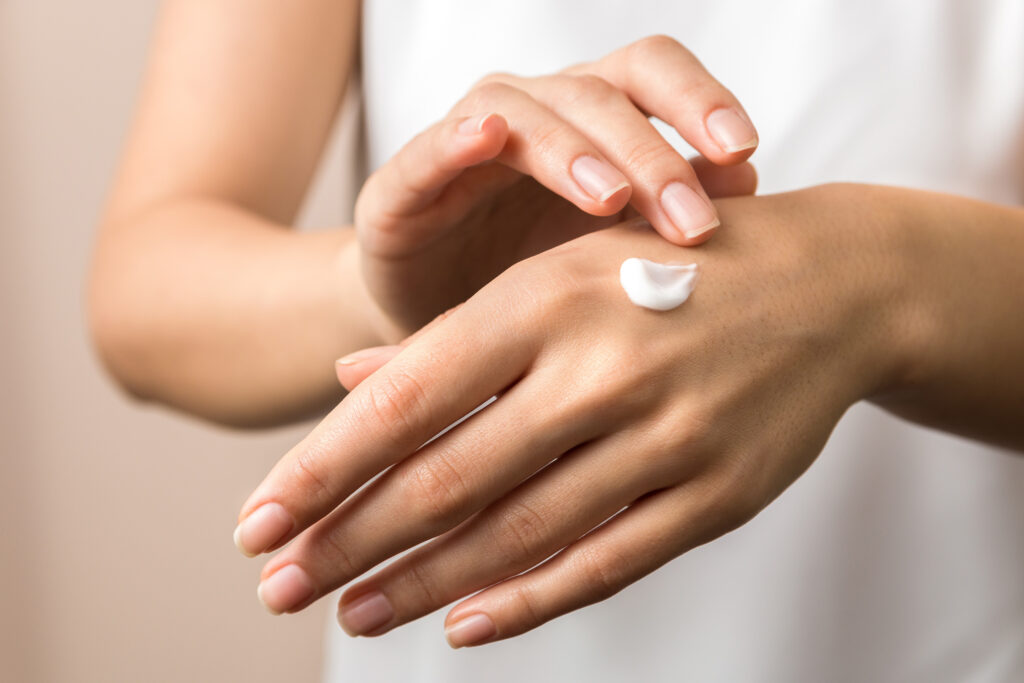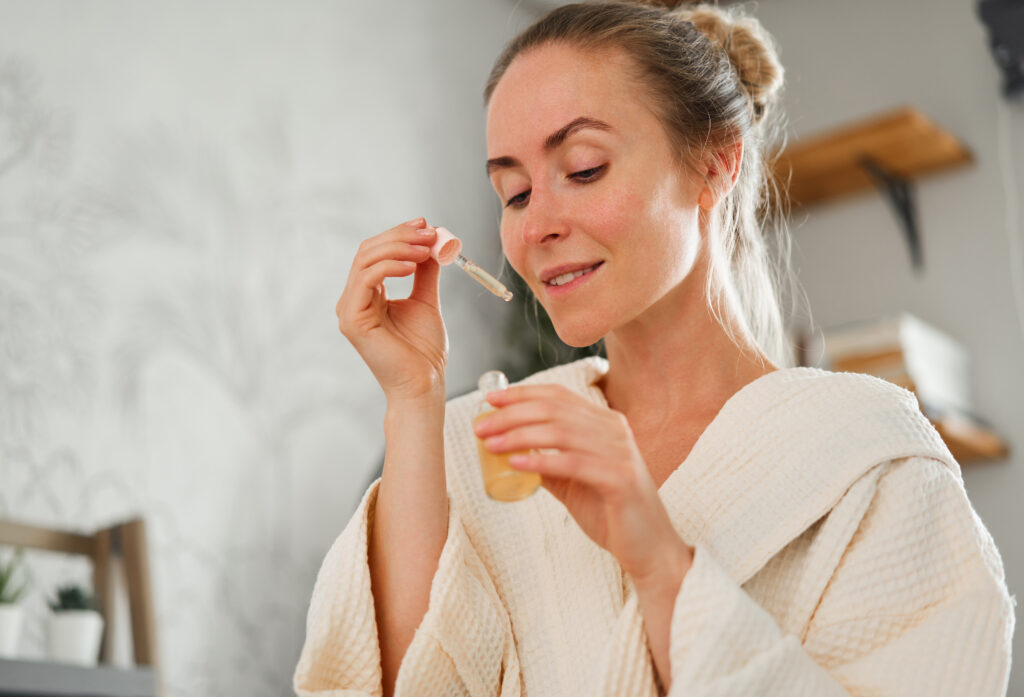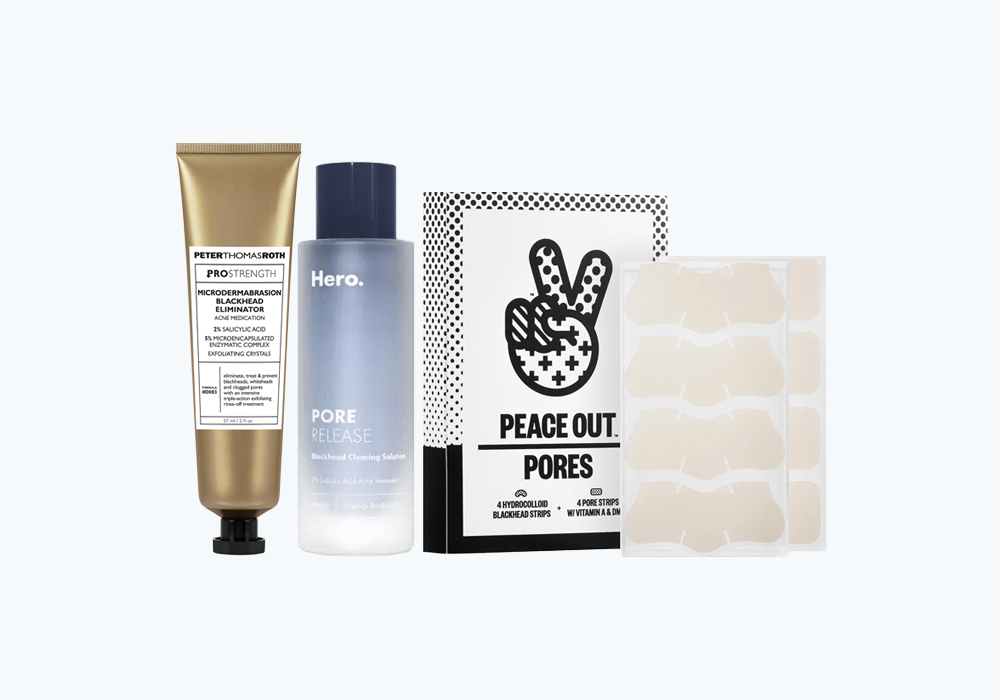Changing your skin-care approach can greatly benefit your skin health in several ways: think increased hydration, less breakouts and smoother, firmer skin. A lot of what we’re seeing these days in terms of good skin-care philosophies worth adopting is understanding how certain mechanisms in the dermis work to keep skin healthy and balanced. Here, top trending expert-approved ways to better treat and protect your skin and change up your routine.
It’s important to note that everyone’s skin is unique, so finding the right routine may require some trial and error. Consulting with a board-certified dermatologist or certified skin care professional can help you create a personalized routine that will work best for your individual needs.
Balancing the Microbiome
What it is: The skin microbiome plays a crucial role in maintaining the skin’s pH balance and preventing dryness, irritation, acne outbreaks and can even play a role in preventing skin aging, says New York dermatologist Doris Day, MD. “We have a gut biome, a skin biome, and other organs may have microbiomes as well,” she explains. “A lot of times, acne is what we call dysbiosis, which is when your skin microbiome is off kilter. Your skin microbiome can do so much for you: It can help with how your skin ages, it can help with how much redness you have in your skin, it can help with inflammation.”
How to do it: “Once you hit your 40s and 50s, you’re in that age of less collagen production and skin cell turnover is a little bit slower. As the diversity of the biome starts to increase, I recommend using things that are more protective of the biome.” Dr. Day says increasing hydration and incorporating salicylic acid, glycolic acid and retinols help increase cell turnover.
Probiotic-infused skin-care products—we love TULA’s lineup of cleansers, serums and moisturizers—also help ensure a balanced microbiome at the source.

Minimalistic Skin Care
What it is: New York dermatologist Elaine Kung, MD says the goal with minimalistic skin care is to use the least number of products so they’re not cancelling each other out. “When you use too many products, the active ingredients in each one may not be able to penetrate the skin as effectively. By using fewer products, your skin can more easily absorb the active ingredients in each product. You’ll also noticed an improved barrier function to help protect against moisture loss, environmental toxins, and other harmful substances,” she says.
How to do it: The first step of skin-care minimalism is analyzing the products you use and paring them down to the essentials that work best for your skin or incorporating multitasking products. “Always use an SPF,” says Dr. Kung—we are partial to Supergoop’s cult-classic sunscreen collection—but follow with very few products that contain the most effective ingredients. “Then incorporate when appropriate vitamin C and E, a retinoid, hyaluronic acid, and ceramides. These are the ingredients that prevent, treat, and repair the skin barrier.”

Skin Cycling
What it is: Coined by Dr. Whitney Bowe, skin cycling is also trending. “This practice involves rotating skin-care products to prevent products from irritating our skin or negating each other’s effectiveness because of their chemical formulations,” says Dr. Kung.
How to do it: The idea is giving skin a break from nightly use of these ingredients allows the skin barrier to repair itself. What you use rotates and depends on the day. On night one, you exfoliate (try a peel pad like Dr. Dennis Gross’ celeb-loved option for an easy, effective option). Night two calls for a retinol. Nights three and four take a break from any active ingredients and only use skin barrier repair products. On the fifth night, you start the cycle over again.

Hormonal Skin Care
What it is: Hormonally depleted skin requires a certain combination of ingredients to address the multitude of changes that take place. Menopausal skin-care lines are now filling a void to address the hormonal impact on the skin. “Before, we lacked products that have unique ingredients to target the local hormone effects we see in skin,” says Newport Beach, CA dermatologist Zenovia Gabriel, MD.
How to do it: Strategically choose which active ingredients to apply. “Some of these new menopause-specific formulations, like in my own Dr. Zenovia products, are fortified with special ingredients like phytoestrogen. This powerful ingredient mimics our own estrogen and studies show local estrogen can combat acne, aging, pigmentation, and several other hormonally impacted skin conditions.”

Retinol “Sandwiching”
What it is: The retinol “sandwiching” technique involves layering products around a retinol product to minimize its potential side effects, such as irritation and dryness. The idea behind it is that the moisturizer layers act as a barrier between the skin and the retinol.
How to do it: “Always choose a lightweight moisturizer to ensure you don’t deplete the effectiveness of the retinol too much,” says Image Skin Care founder Janna Ronert, who is also a licensed aesthetician. Ronert says using an encapsulated retinol will also help to avoid irritation. “I usually recommend including the moisturizer after retinol because without the added layer of hydration, the risk of sensitivity is higher! In addition, I always find that retinol can be drying on the skin, even for those with oily skin, so most people need to load up on moisture when using it to avoid dry or flaky skin.”


















